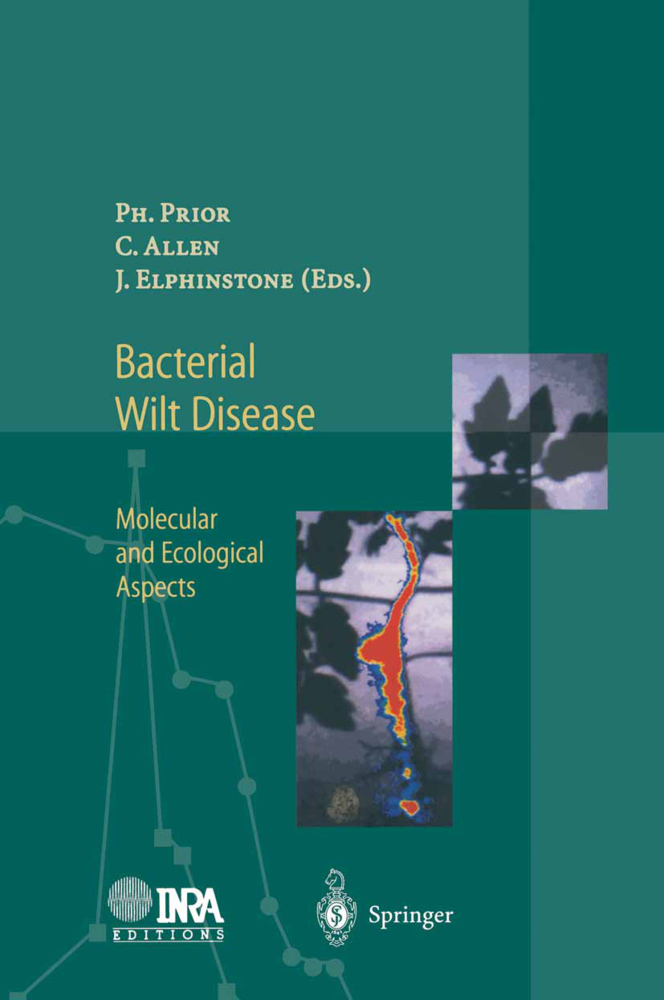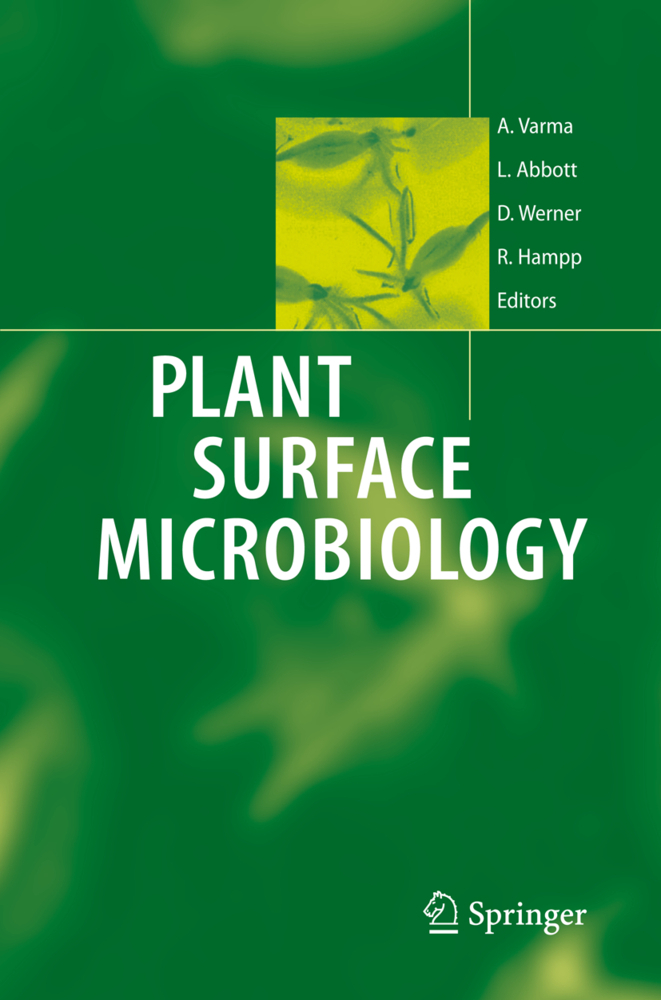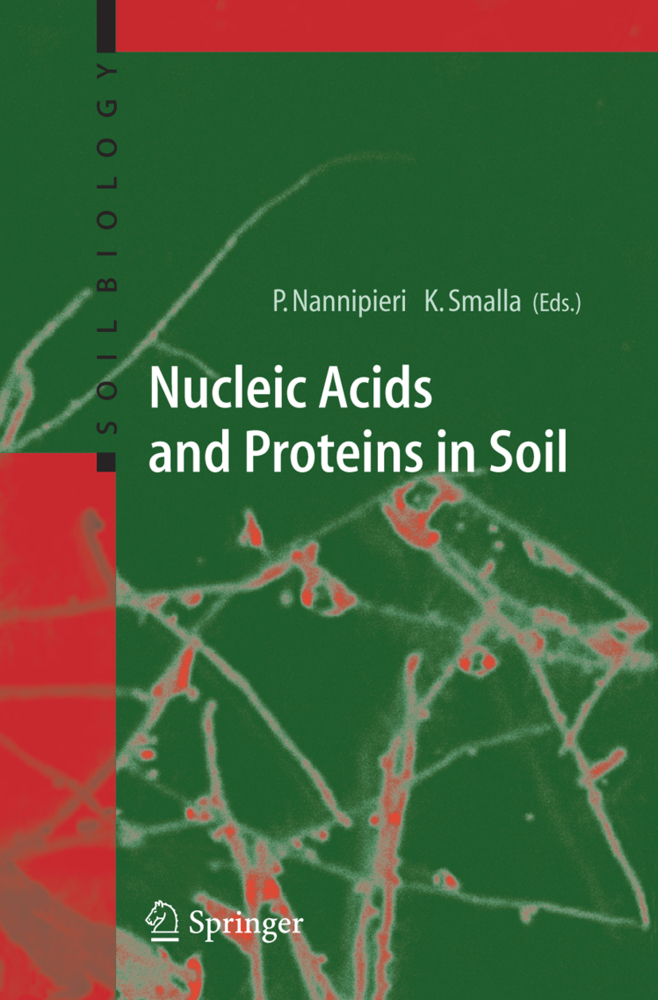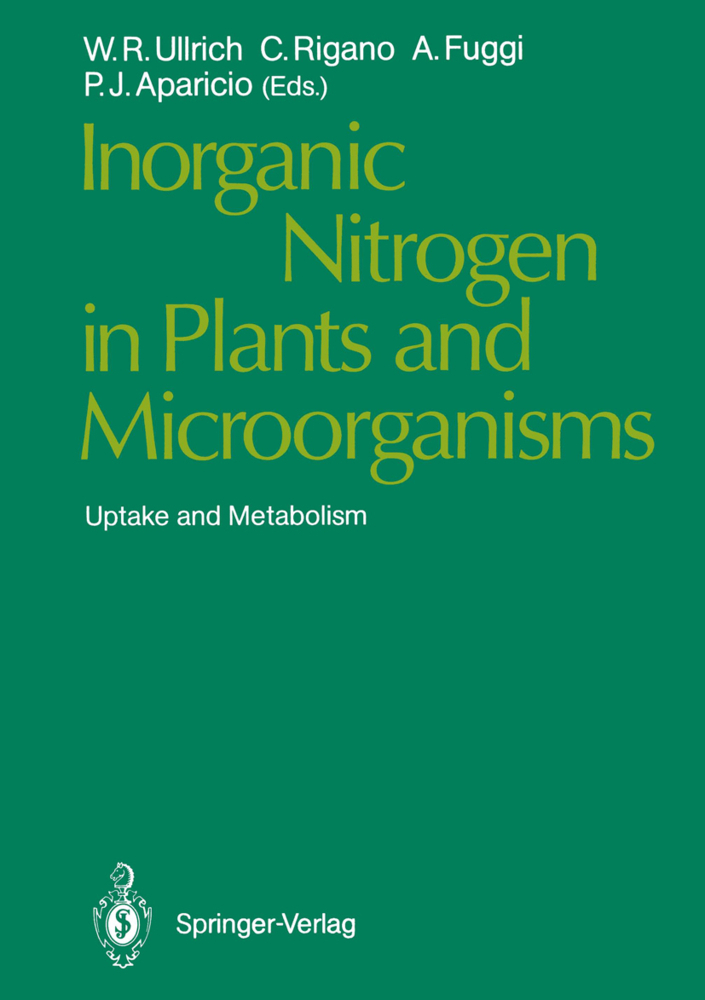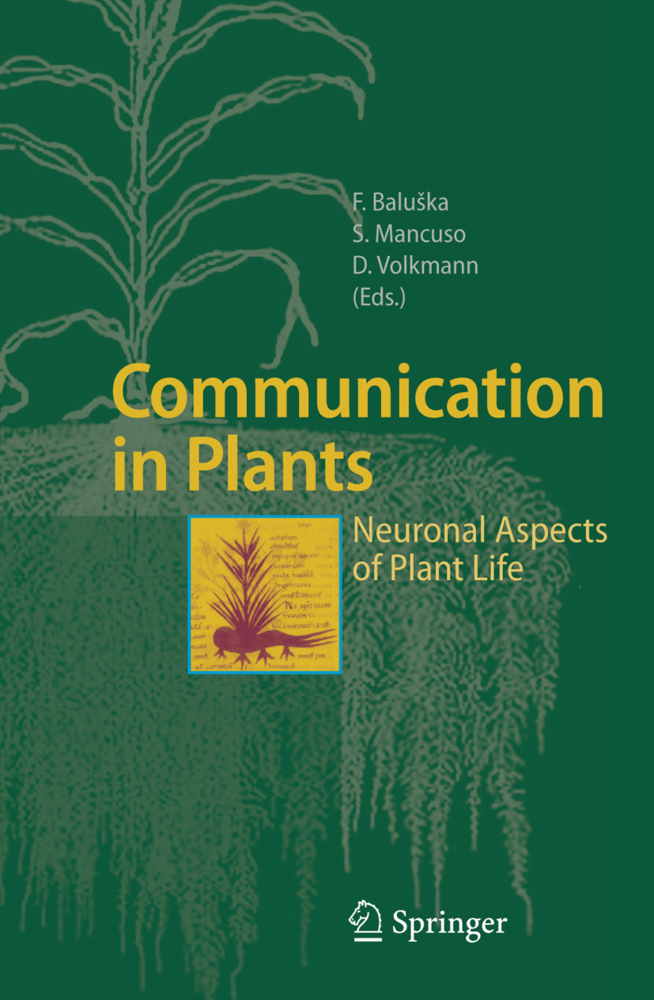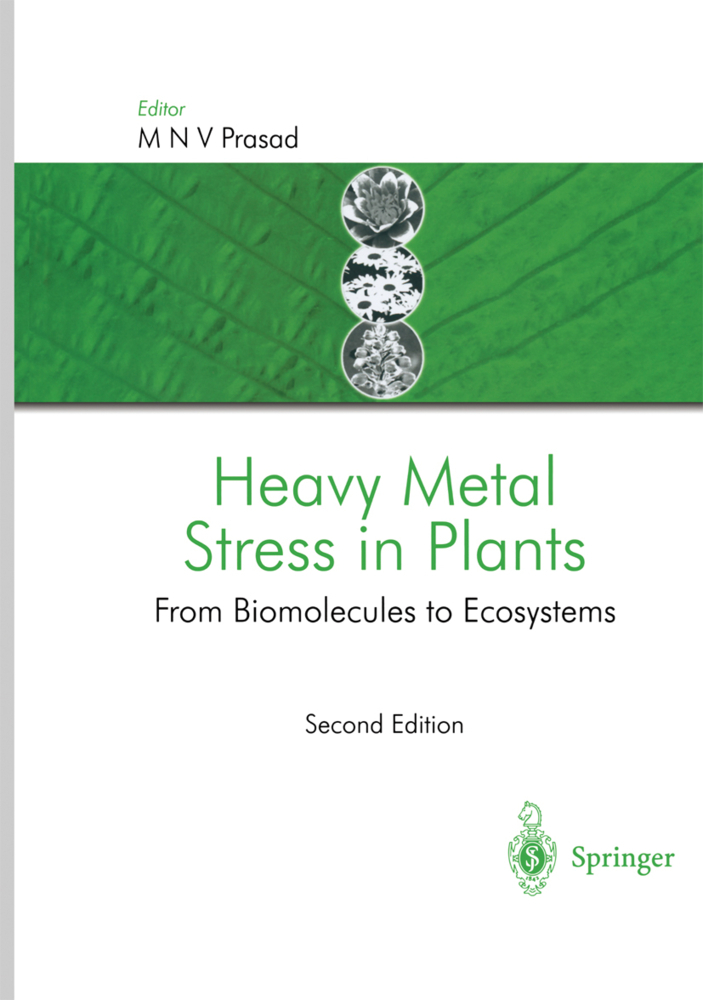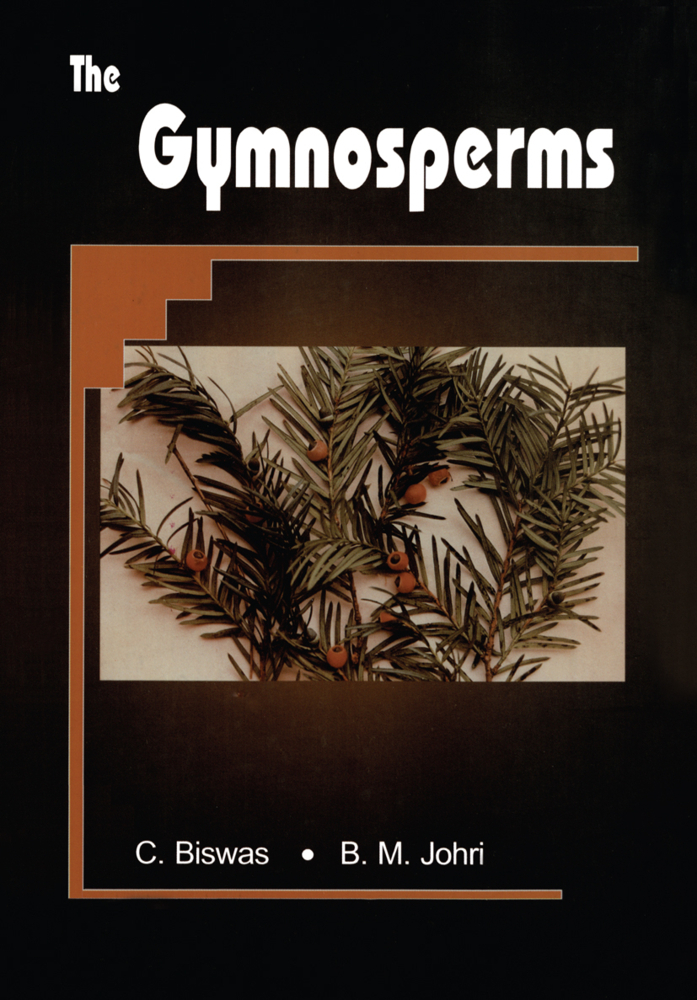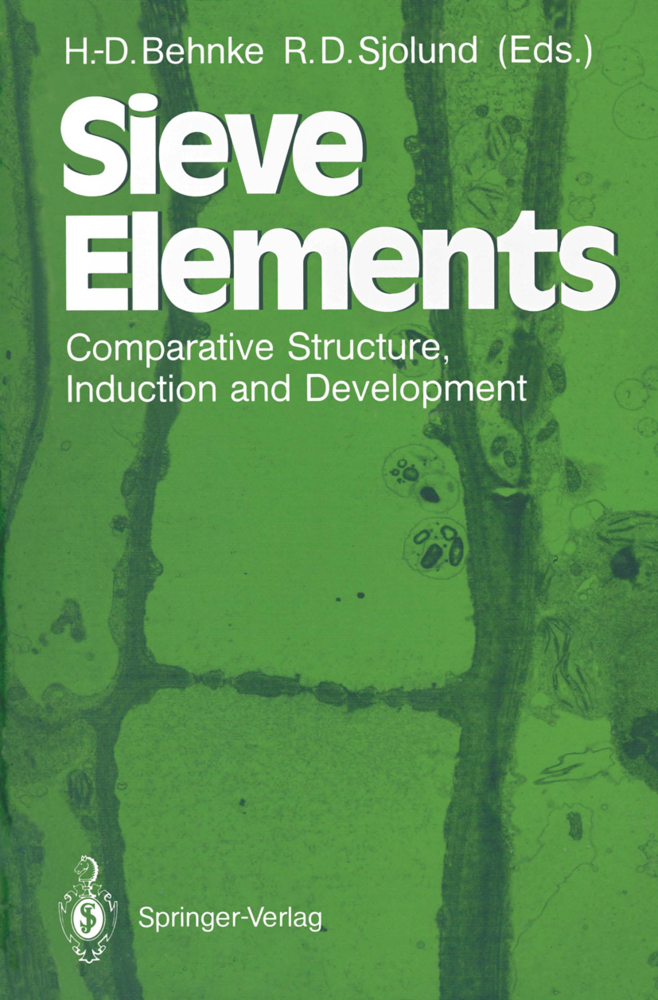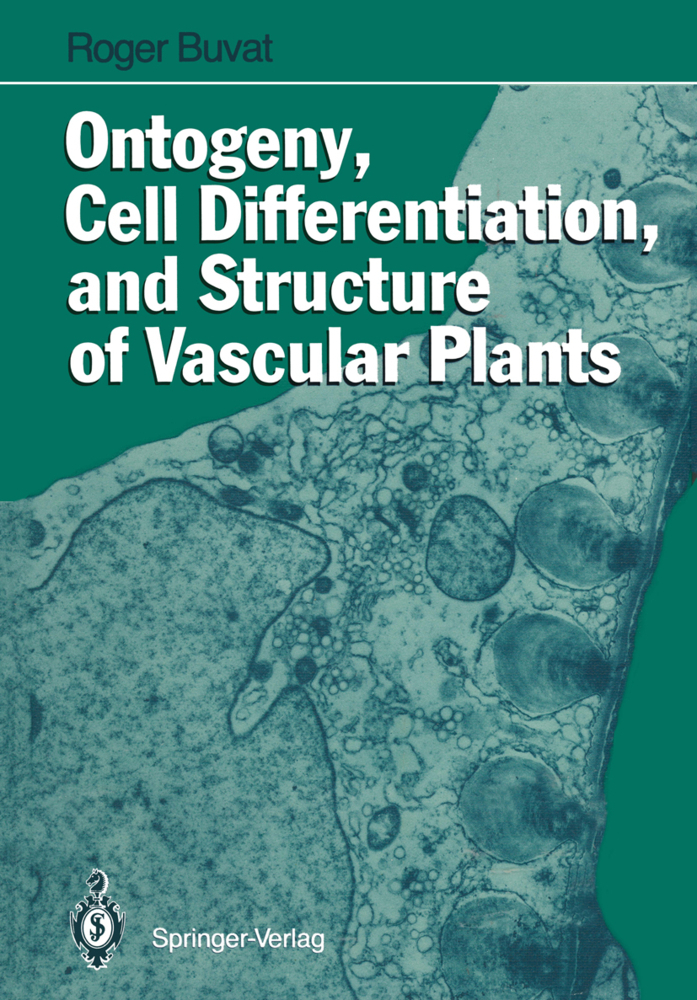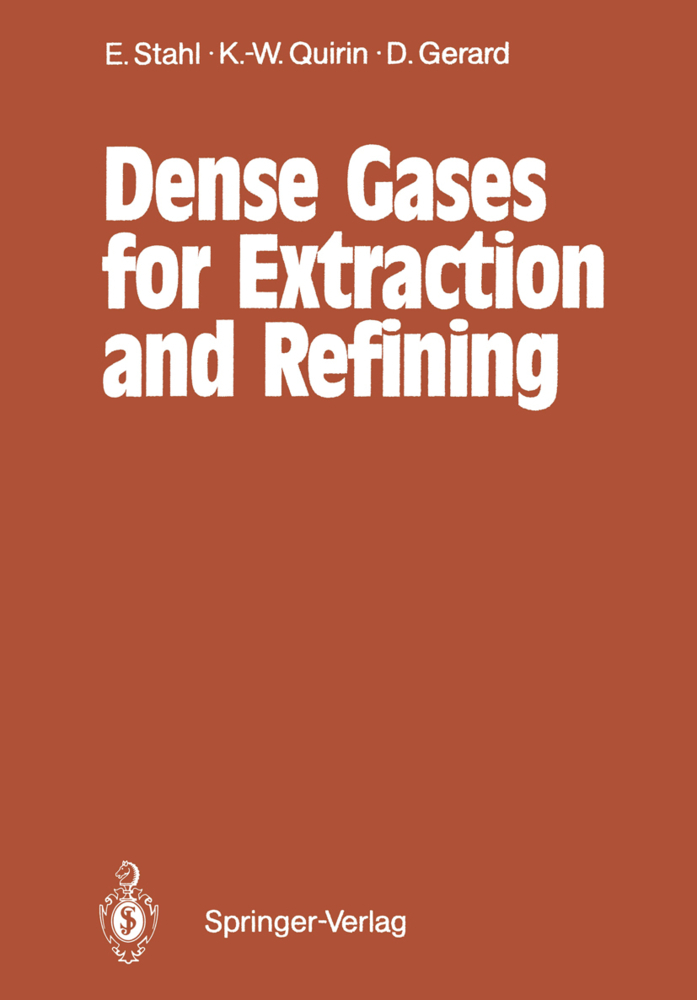Bacterial Wilt Disease
Molecular and Ecological Aspects
Bacterial Wilt Disease
Molecular and Ecological Aspects
Jointly published with INRA, Paris.
Bacterial wilt, caused by Ralstonia solanacearum, is a very destructive plant disease that attacks over 450 different species, including many of the most important economic crop plants. Often endemic, the bacterium transmits through the soil, penetrates the plant root system and eventually causes irreversible wilting and death. This book summarizes the current information on bacterial wilt for both the basic research community and for concerned professionals who are faced with the disease in the field, offering the latest approaches to diagnosis and control of the disease. Emphasis is placed on integrated and biologically sustainable control methods. Also presented is the most recent genetic/biochemical research exploring the interaction between the bacterium and its plant host at the molecular level.
Pathogenicity
Mechanisms of host resistance
Genetic mapping of resistance genes
Breeding for resistance
Biological control and epidemiology
Disease management.
Bacterial wilt, caused by Ralstonia solanacearum, is a very destructive plant disease that attacks over 450 different species, including many of the most important economic crop plants. Often endemic, the bacterium transmits through the soil, penetrates the plant root system and eventually causes irreversible wilting and death. This book summarizes the current information on bacterial wilt for both the basic research community and for concerned professionals who are faced with the disease in the field, offering the latest approaches to diagnosis and control of the disease. Emphasis is placed on integrated and biologically sustainable control methods. Also presented is the most recent genetic/biochemical research exploring the interaction between the bacterium and its plant host at the molecular level.
Diversity
DiagnosisPathogenicity
Mechanisms of host resistance
Genetic mapping of resistance genes
Breeding for resistance
Biological control and epidemiology
Disease management.
Prior, Philippe
Allen, Caitilyn
Elphinstone, John
| ISBN | 978-3-642-08361-7 |
|---|---|
| Artikelnummer | 9783642083617 |
| Medientyp | Buch |
| Copyrightjahr | 2011 |
| Verlag | Springer, Berlin |
| Umfang | XIV, 449 Seiten |
| Abbildungen | XIV, 449 p. 62 illus., 7 illus. in color. |
| Sprache | Englisch |

